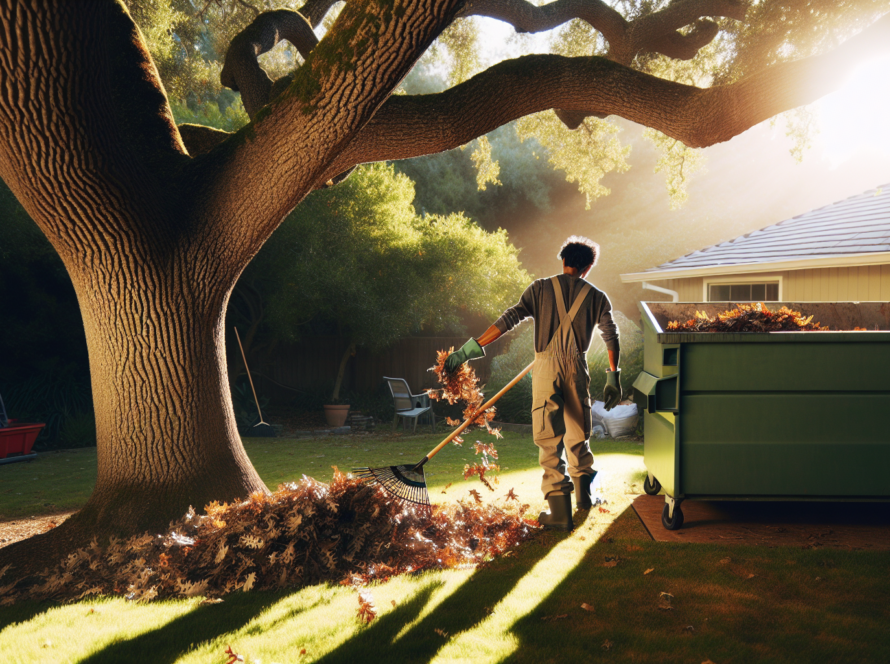Magnolia trees are known for their stunning, fragrant blooms and elegant foliage, making them a beloved addition to any landscaping. However, like any plant, they are susceptible to pests and diseases. One particular threat to the health of magnolia trees is scale, a tiny insect that can quickly multiply and damage the tree’s leaves, branches, and bark.
As a tree owner, it’s crucial to understand the ins and outs of magnolia scale treatment in order to protect your trees and maintain their beauty. That’s why we’ve compiled the ultimate guide to magnolia scale treatment, featuring expert tips and insights to help you keep your trees healthy and thriving. From identifying the signs of scale infestation to implementing effective treatment methods, this guide has got you covered.
So, let’s dive in and ensure your magnolia trees stay strong and vibrant for years to come.
Identifying Magnolia Scale Infestation – Magnolia Scale Treatment
Magnolia scale infestations are a common issue that many tree owners face, yet they can often be challenging to detect. One of the most noticeable signs of a magnolia scale infestation is the presence of sticky honeydew secretions on the leaves and branches. This sticky substance is excreted by the scale insects as they feed on the sap of the tree, creating a perfect breeding ground for black sooty mold to grow. The black sooty mold appears as a dark, powdery coating on the leaves and branches, further indicating the presence of a magnolia scale.
Another symptom of a magnolia scale infestation is the wilting or yellowing of leaves, which occurs as the scales drain vital nutrients from the tree. This nutrient loss can weaken the tree, causing it to become more susceptible to other pests and diseases. Additionally, heavy infestations of magnolia scale can lead to premature leaf drop, stunted growth, and overall decline in the tree’s health.
To properly identify a magnolia scale infestation, it is essential to conduct a thorough inspection of the tree. Check the undersides of the leaves and along the branches for small, oval-shaped scales that range in color from white to brown. These scales may resemble small bumps on the tree bark and can be easily overlooked. If you suspect a magnolia scale infestation, it is recommended to seek the expertise of a certified arborist who can provide a professional assessment and develop a customized treatment plan for your tree.
Effective Treatment Strategies
When it comes to treating magnolia scale infestations, implementing effective strategies is crucial to protecting the health and vitality of your trees. One of the most commonly used treatment methods is the application of horticultural oil. Horticultural oil works by suffocating the scale insects and disrupting their life cycle, preventing further infestations. When applying horticultural oil, it is important to cover both the scales and the undersides of the leaves thoroughly to ensure maximum effectiveness.
In addition to horticultural oil, systemic insecticides can also be used to combat magnolia-scale infestations. Systemic insecticides are absorbed by the tree and distributed throughout its vascular system, targeting the scales that feed on the sap. However, it is essential to consult with a professional arborist before using systemic insecticides to ensure the safety of the tree and surrounding environment. Arborists can recommend the most appropriate insecticide based on the severity of the infestation and the tree’s overall health.
Preventive Measures for Tree Health
Preventing magnolia scale infestations is essential for maintaining the long-term health and vitality of your trees. Regularly inspecting your trees for signs of pests and diseases is the first step in proactive tree care. Look for early warning signs such as scale insects, aphids, spider mites, or wilting leaves, and address any issues promptly to prevent further damage.
Pruning dead or damaged branches not only enhances the aesthetic appearance of the tree but also promotes new growth and reduces the risk of infestations. Removing deadwood eliminates potential shelter for pests and improves air circulation within the tree canopy, reducing the likelihood of disease development. Proper pruning techniques, such as making clean cuts and avoiding over-pruning, can help maintain the tree’s structural integrity and overall health.
Air Circulation and Regular Maintenance
Improving air circulation around the tree by thinning out dense foliage and avoiding overcrowding with other plants can also help prevent pest infestations. Adequate airflow reduces humidity levels, creating an environment that is less favorable for pests like the magnolia scale to thrive. Additionally, providing sufficient water and nutrients through proper watering and fertilization practices ensures that the tree remains healthy and resilient against stressors.
Investing in regular tree maintenance and health assessments by a certified arborist is essential for detecting and addressing potential issues before they escalate. Arborists have the expertise to identify early signs of pest infestations and diseases, allowing them to implement targeted treatments and preventive measures effectively. By partnering with an arborist for ongoing tree care, you can ensure that your trees receive the attention and protection they need to flourish and thrive for years to come.
Magnolia Treatment Tips
Magnolias are revered for their stunning blossoms and lush foliage, but like any plant, they require proper care to thrive. Here are some essential magnolia treatment tips:
- Pruning: Prune magnolias in late winter or early spring to remove dead or damaged branches and shape the tree. Avoid heavy pruning, as magnolias are sensitive to excessive cutting.
- Watering: Provide regular, deep watering, especially during hot and dry periods. Ensure the soil remains consistently moist but not waterlogged, as magnolias prefer well-draining soil.
- Fertilizing: Apply a balanced, slow-release fertilizer formulated for trees and shrubs in early spring to promote healthy growth and vibrant blooms.
- Mulching: Apply a layer of organic mulch around the base of the tree to retain soil moisture, suppress weed growth, and regulate soil temperature.
- Pest and disease management: Monitor magnolias for signs of pests like scale insects and diseases such as powdery mildew. Treat infestations promptly with appropriate insecticides or fungicides.
Start Treating Your Magnolia Trees
In conclusion, maintaining healthy magnolia trees is crucial for their long-term survival and beauty. With the expert tips provided in this guide, you can effectively treat and prevent magnolia scale infestations. Remember to regularly inspect and care for your trees, and don’t hesitate to seek professional help when needed. Keep your magnolias thriving for generations to come, and start implementing these tips today!
Don’t let your magnolias suffer from scale infestations any longer – visit our website now and give your trees the love and care they deserve. Happy gardening!




